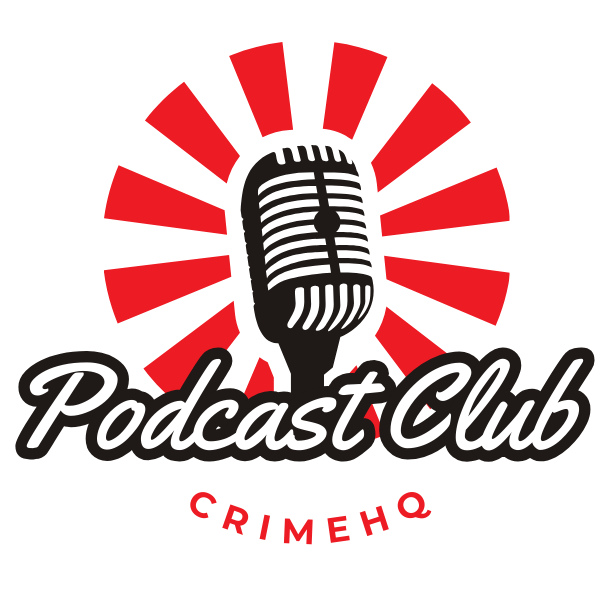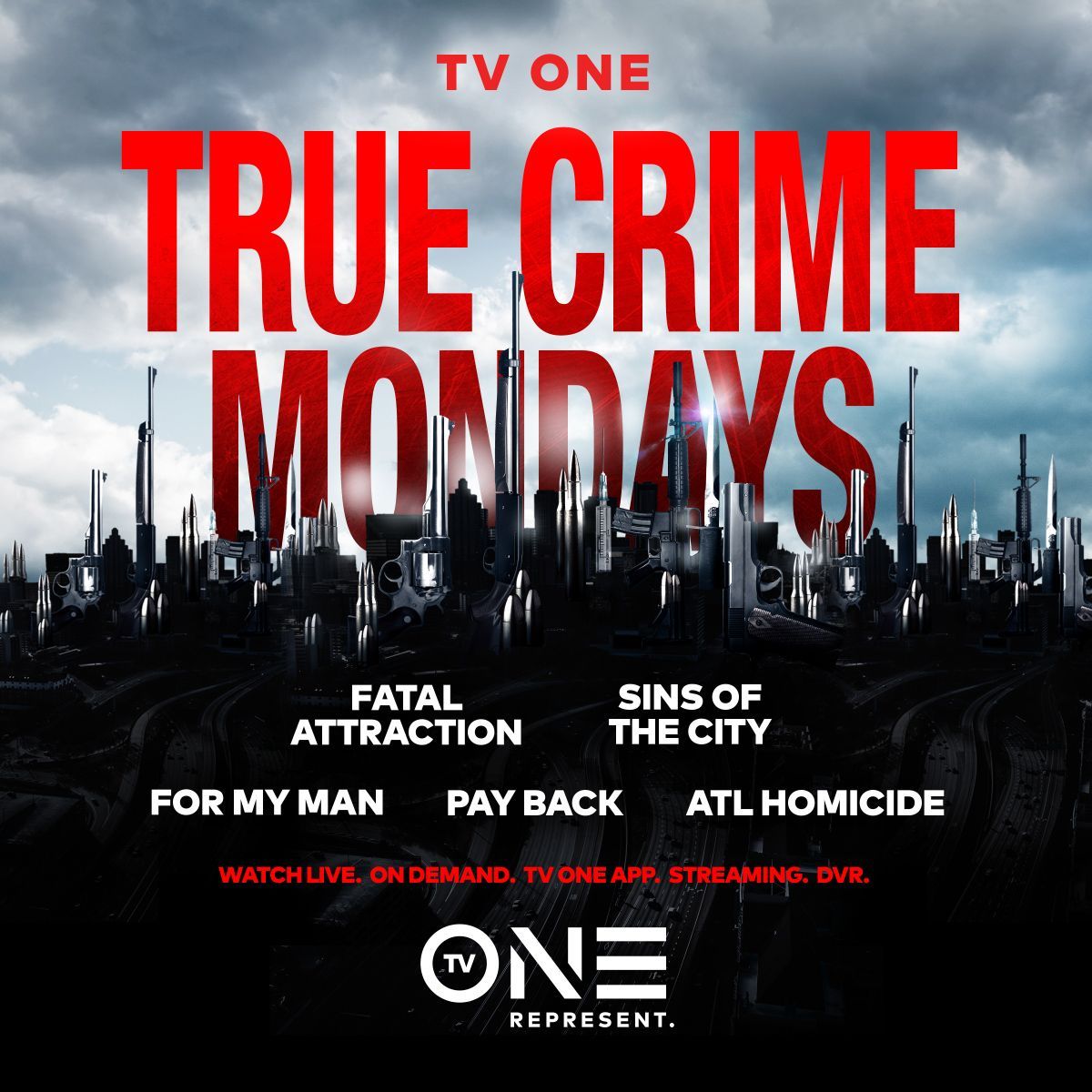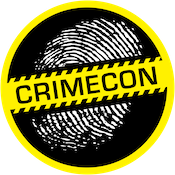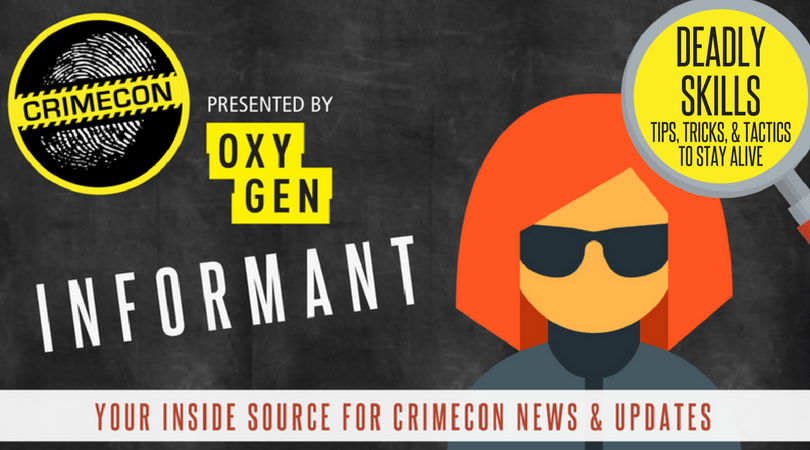CSI Alina Burroughs: Caylee Anthony and the Future of Forensic Technology
Alina Burroughs has one wish in regards to the criminal justice system.
“I wish the public, the jury, and the media all had one hundred percent of the information,” she says. “As a crime scene investigator, we see ninety percent of the case. Only a small portion of that makes it to court or to the media, then the public forms an opinion based on fifty percent of that.”
She should know. Alina was one of the first CSIs to investigate the disappearance of Caylee Anthony, including Casey Anthony’s white Saturn. “The only way to tell if a body had decomposed in that car would be to have a bunch of CSIs show up and smell it. Every one of us knew that the smell was not pizza or trash.”
Such is the glitter and glamor of the life of a CSI. While we talk, Alina also tells of the eleven days she spent on hands and knees with a hand trowel and pruning shears searching for Caylee’s remains. Ten to twelve-hour days during which she’d stop only to wolf down lunch brought to the scene. A trip to the hospital to treat an allergic reaction to the unavoidable poison ivy.
On my worst day, I can’t imagine how exhausting this job must be, or how angry the investigators must have been when Caylee’s death was not met with the justice it deserved.
“I don’t know if anything would have changed the verdict,” Alina considers. “I thought it was pretty cut and dried. For the defense to suggest that Caylee had drowned was a brilliant red herring. They knew that with a skeletal remains case, there was no way to prove that she drowned. Dirty but brilliant.”
Another tactic Casey Anthony’s defense attorney Jose Baez employed was to attack the new scientific techniques used in the case as “junk science.” That doesn’t sit well with Alina.
“Every new technology has been attacked as junk science. But forensic technology is one of the fastest-growing industries right now. It used to be that we needed a vial full of blood to find any useful information from it, but now we can find DNA information from microscopic samples. As technology continues to evolve, we’re going to be able to find more information with less evidence.”
Alina is working towards that goal right now, actually. Having retired from crime scene investigation, she joined FARO Technologies three years ago. There, she worked to develop laser technology that scans and maps crime scenes. The information is then used to create a 3D map of the crime scene with measurements accurate within a millimeter.
“Now I get to travel around the country teaching different law enforcement agencies how to use this technology,” she says excitedly. “It saves time, it saves lives, and it presents one hundred percent of the evidence at the scene.” And that was her wish from the beginning.
===
Head to the CrimeCon Inside r app to learn more about Alina’s experience on the Caylee Anthony case, the Pulse Nightclub shooting, and some lighthearted stories about the strange life of a CSI.
MORE FROM THE CRIMECON BLOG




